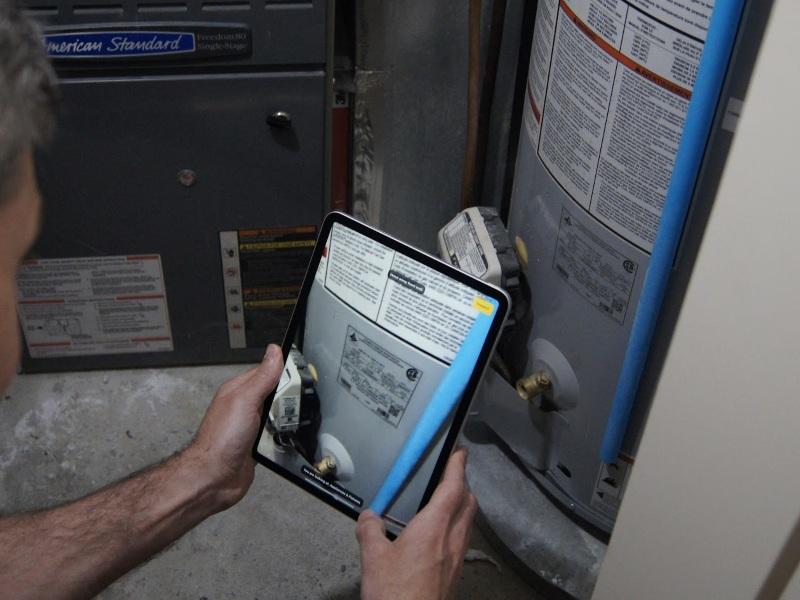
As cities, businesses and building owners increasingly warm to the concept of micromobility to ease congestion, energy consumption and lower cost of living, a lack of infrastructure remains the most significant barrier of progress.
The authors of a recent EY Canada report on the state of shared micromobility across the country, released in late 2022, say it is time for serious action. The report identifies e-scooters, e-bikes and occasionally e-mopeds as transportation options which are increasingly popular, especially in larger urban centres.
The report is titled The evolving landscape of eMobility: Understanding the current state and future aspirations of shared micromobility in Canada.
“You've got the service providers, and you've got cities who want to have this in their core. But it requires getting really coordinated around regulation, working with utilities on electrification and infrastructure," Kirsten Tisdale, EY Canada’s managing partner in the government and public sector, told SustainableBiz.
In March, Bird Global Inc. announced an Ontario expansion in Hamilton, Brampton and Oshawa. Also, at the beginning of April, Neuron Mobility launched 250 e-scooters in Brampton, its second Ontario location and seventh in Canada.
But there has also been resistance to micromobility. Toronto police recently stated those using certain e-scooters could face up to $25,000 in fines, as certain high-speed scooters do not fit the definition of an e-scooter and may be classified as a motorcycle under current municipal laws.
EY Canada recommends regulatory frameworks that fit the needs of each city, infrastructure upgrades and incentives for operators.
“I think it's time to move it towards serious infrastructure investment and regulatory reform to make this happen. I think we're done experimenting, I think it's time to get serious,” she said.
EY Canada is the Canadian division of global professional services firm EY. It provides tax and law services and industry research, and has over 8,000 employees across 16 offices in Canada.
The state of Canadian micromobility
The report divides different areas of Canada into readiness categories. The territories are limited due to harsh weather conditions and low population density.
Saskatchewan, Manitoba and the Atlantic provinces are considered ‘developing;’ Ontario and Quebec are ‘basic;’ while B.C. and Alberta are ‘evolving.’
No province is considered ‘advanced.’
“I was surprised that Alberta was up there with B.C. in terms of being the most progressive. Usually, we're not that progressive,” Lance Mortlock, EY Canada’s managing partner in energy, said. “And I was surprised that Quebec and Ontario was so far behind the other provinces across the country.”
Tisdale explained the less successful areas, like Ontario and Quebec, introduced micromobility options without any associated infrastructure. As a result “scooters are littering the sidewalks, there's no safe place to park them. They're on the sidewalks banging into people.”
Toronto, for example, has a large bike sharing and e-bike program featuring 6,850 docked vehicles and 525 dockless vehicles respectively, but banned the use of shared e-scooters in 2021. On the other hand, St. John’s has neither e-bikes nor e-scooters.
For cities that are remote, less populous or subject to more harsh weather conditions, incentives would need to be introduced to get companies to give some of their attention to these locations.
Inadequate infrastructure refers to underdeveloped or non-existent bike lanes for safe travel, as well as limited charging hubs and parking zones. A public-private partnership is emphasized as being crucial to solving these issues.
“I think even simple things, like if there was like a national, cross-industry working group on micromobility issues, for example, then there would be a bit of a cohesive voice to put some pressure on the federal government around what kind of investments would be the most helpful,” Tisdale said.
“You’d have utilities, you'd have the providers, you would have different levels of government (and) you'd have some of the cities involved. Rather than solving this over and over and over again, and having each group then try to reach out and negotiate with their respective levels of government.”
Future of Canadian e-mobility
Outside of the necessary focus on reducing transportation emissions, growing public transport is a pertinent issue across the country. According to the report, 18 of the 25 largest municipalities in Canada are growing more rapidly than the national average of 5.2 per cent from 2016 to 2021.
“With cities becoming larger, they're getting more congested,” Mortlock said. “We need all kinds of transportation solutions. We need more Metrolinx. We need more micromobility. We need more public transport.”
The report singles out Bird, San Francisco-based Lime and Singapore-based Neuron Mobility as some of the major players in Canadian micromobility.
While there’s still plenty of room for new and existing companies to grow in Canada, Mortlock acknowledged some American companies may also expand up north given its significantly larger market size.
“There's certainly room to grow in certain cities like Quebec City, Montreal, Toronto (and) the Greater Toronto Area,” he said.
“It certainly feels like in other markets, like Calgary and Vancouver, the market is pretty saturated. So whether that's new companies come into the mix, or existing companies in Canada expand into new jurisdictions, I'm not sure that that really matters.”
The authors also expect more pilots, such as that around autonomous scooters and light detection and ranging technology that have been seen in the U.S., to make their way to Canada.










